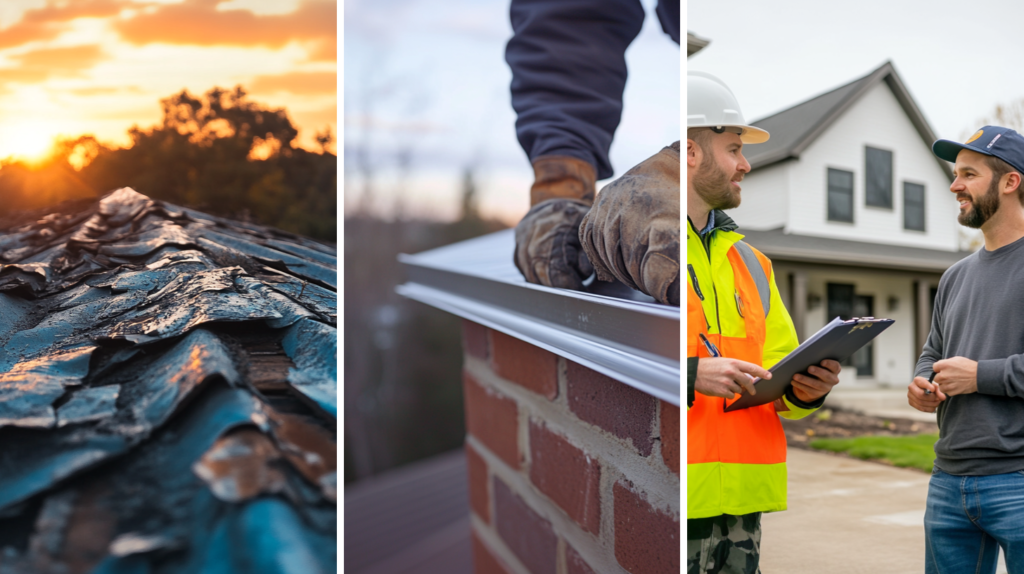
A roof inspection is critical to maintaining a building's integrity and longevity. This process involves thoroughly evaluating the roof's condition and identifying potential issues before they escalate into costly repairs. Regular inspections can uncover wear and tear, leaks, and other issues that may go unnoticed without proper assessment. For homeowners and building owners alike, understanding the roof inspection process is essential for preserving their investment and ensuring the safety and comfort of its occupants. Pre-Inspection Preparation Proper pre-inspection preparation is essential before a roof inspection to ensure a smooth and efficient process. Planning is crucial, as it helps minimize disruption to daily activities while ensuring the inspection runs smoothly. Start by checking for visible damage, such as missing shingles or leaks. This can provide important insights into the condition of your roof before the official inspection. Additionally, when hiring a professional contractor to conduct the roof inspection, they must review previous inspection reports to identify areas of concern or recurring issues. Through diligent pre-inspection planning, homeowners and building owners can better prepare themselves for the inspection process, making it easier to address any potential problems and prolong the lifespan of their roofs. Conducting the Inspection Roof inspections are vital for maintaining the integrity of your home. They allow you to identify potential issues before they escalate into costly damages. The inspection begins with a thorough visual inspection of the roof's surface, where you'll examine shingles, tiles, and membranes for any signs of wear or damage. Next, evaluate the gutters and downspouts for proper drainage, as blockages can lead to water pooling and structural issues. It's crucial to check the flashing and seals around chimneys and vents for any signs of deterioration or leaks. Examining the roof interior, including the attic, can reveal hidden problems like water stains or mold. Throughout this process, safety is paramount; always wear appropriate safety equipment and use ladders or scaffolding as needed to ensure a secure inspection. Documenting your findings during each step will provide valuable information for future maintenance and repairs, helping you safeguard your investment and prolong the lifespan of your roof. Post-Inspection Reporting A roof inspection is a crucial step in maintaining the integrity of a home or building, as it provides a comprehensive assessment of the roofing system's condition. A post-inspection report is generated after a thorough inspection, summarizing key findings, including any issues with the decking, surface membranes, and workmanship problems. Documenting these findings is essential, as it provides clarity for the commercial roofing specialist and the client, highlighting potential roofing issues that, if left unaddressed, could lead to significant and costly damages. The report also includes valuable repair recommendations, guiding the homeowner or building owner on the necessary next steps, such as scheduling repairs or contacting their insurance provider. By understanding the components outlined in the post-inspection report, clients can make informed decisions about the upkeep of their roofing system and ensure its longevity. Learn more about standard inspection and the roofing services we offer: skyroofingconstructiontx.com/standard-inspection/ https://flic.kr/p/2qacuM6

No comments:
Post a Comment